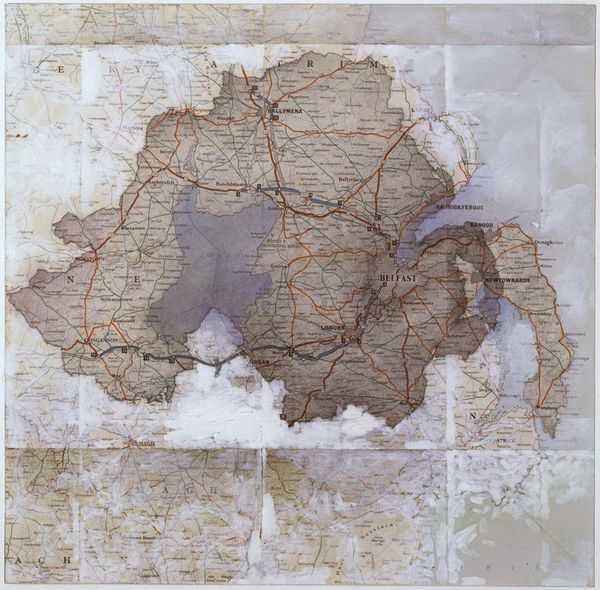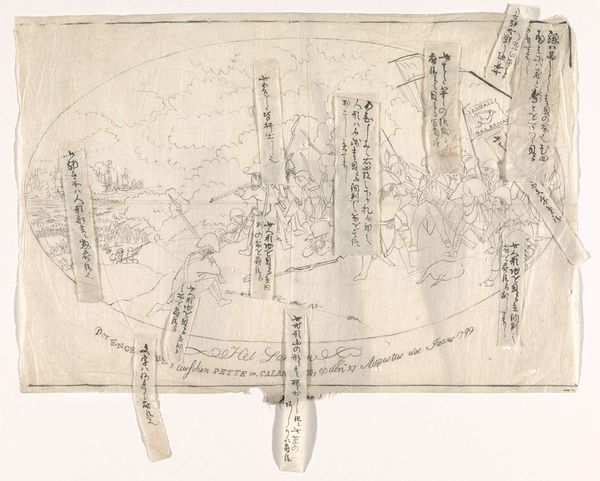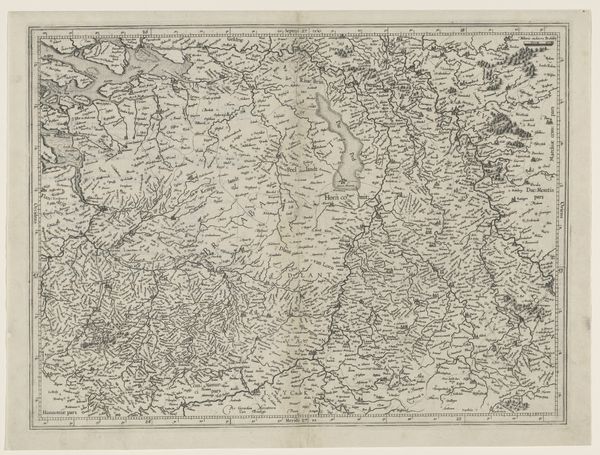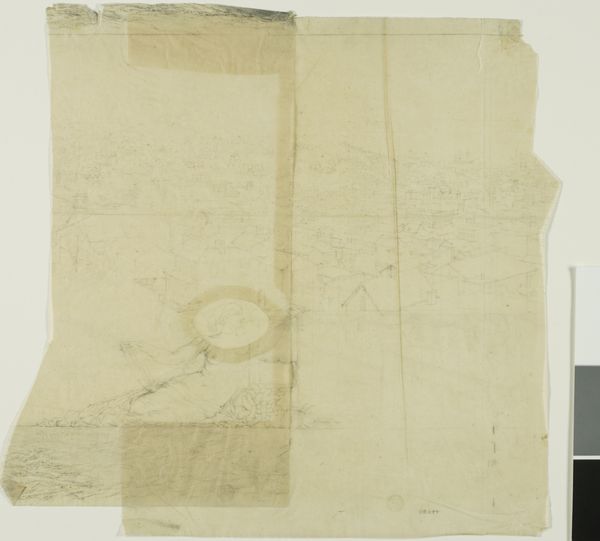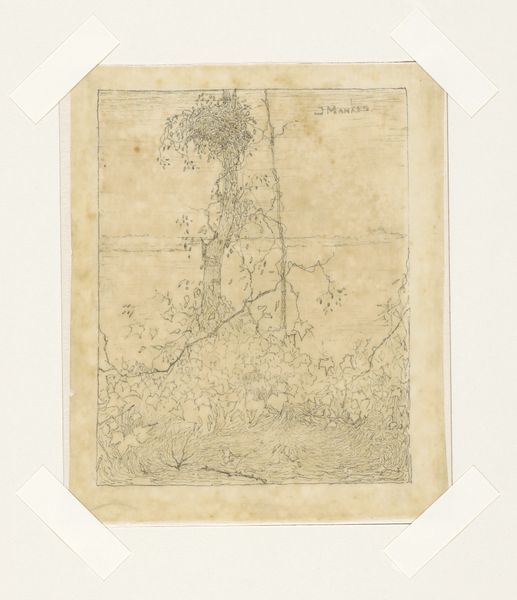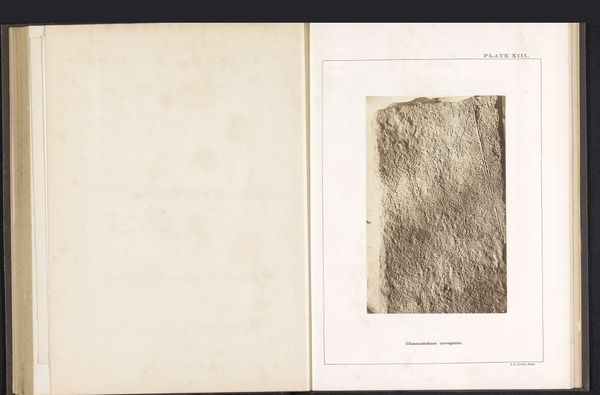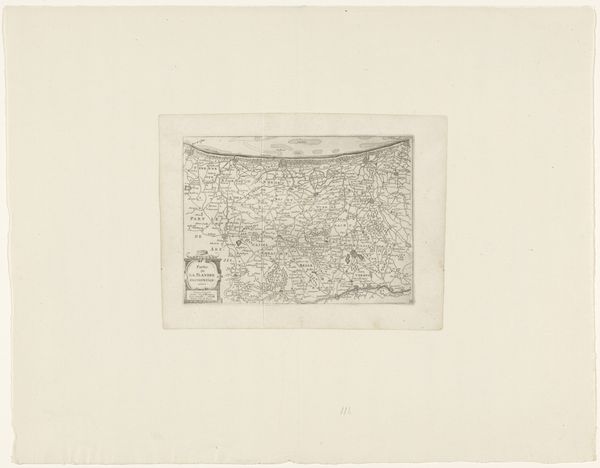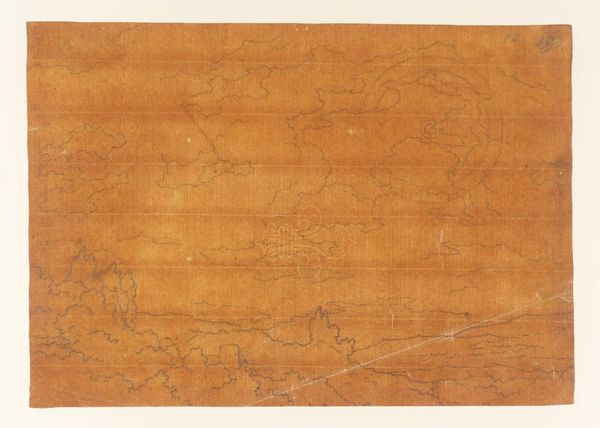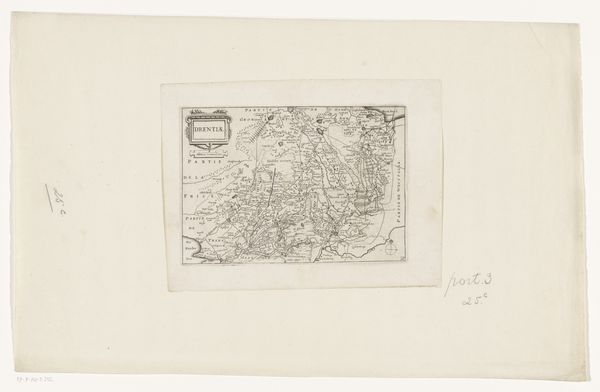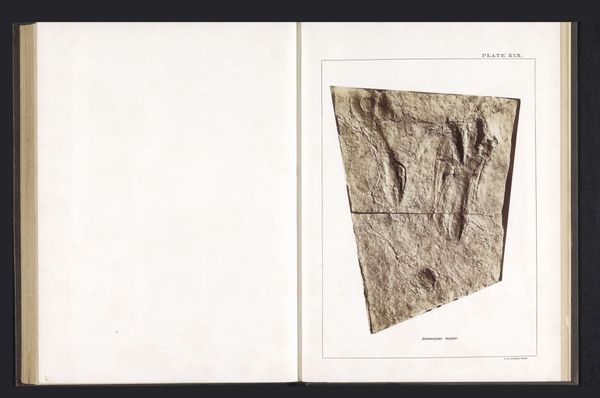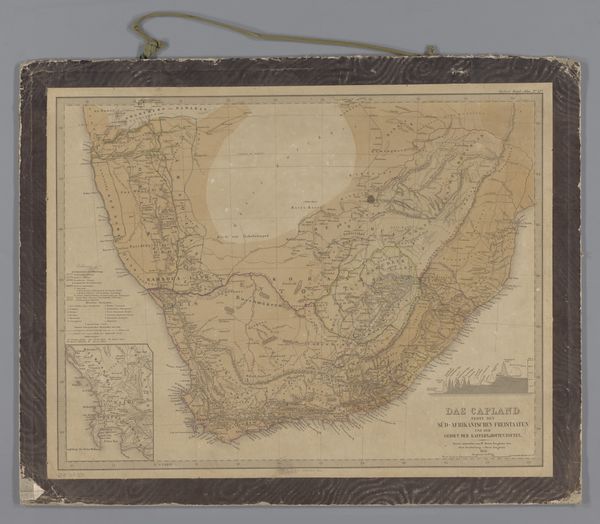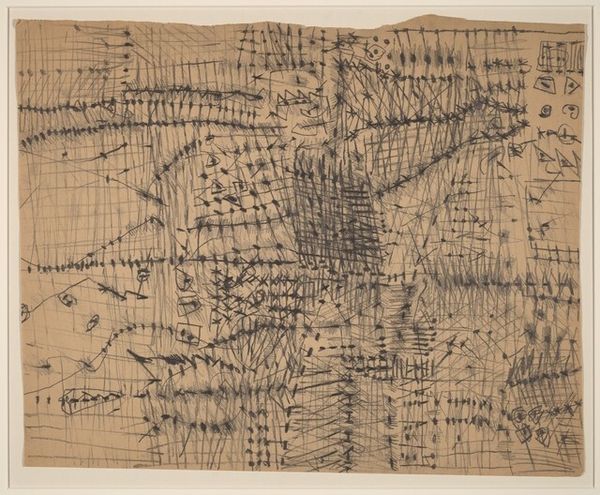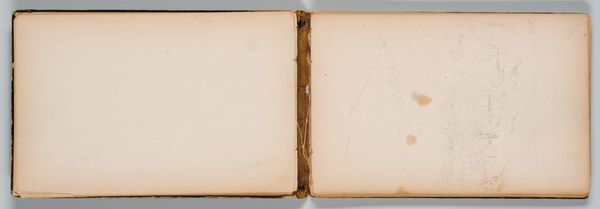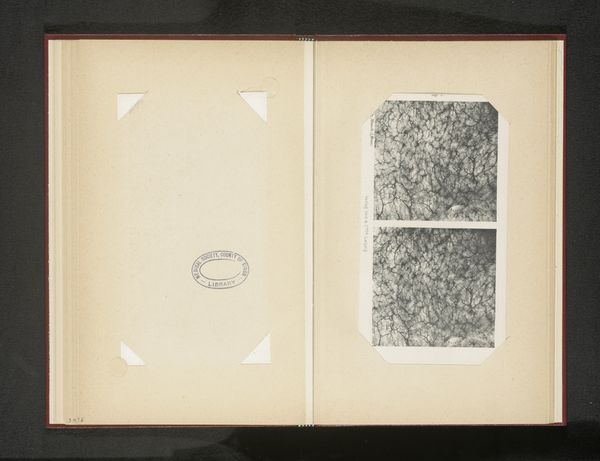
mixed-media, found-object, installation-art
#
mixed-media
#
conceptual-art
#
found-object
#
installation-art
#
line
Copyright: Cildo Meireles,Fair Use
Curator: Here we have Cildo Meireles' conceptual piece, "Physical Art: Cords / 30KM Extended Line," created in 1969. Meireles uses mixed media—a wooden box containing a mass of rope or twine, with a map adhered to the inside of the lid. What strikes you upon seeing this, Editor? Editor: The immediate impact is one of containment. The box itself, so neatly constructed, holds this jumbled, almost unruly pile of natural material. There's a contrast between the industrial and the organic that is difficult to ignore. Curator: Absolutely. Consider the political climate of 1969 in Brazil. Meireles often challenged oppressive regimes through his art. This work engages with ideas of mapping, control, and physical space under authoritarian rule. The "extended line" suggests not only physical distance but also political boundaries and limitations. Editor: And the rope itself – its raw texture and the sheer amount of it suggests labor, production. Is the map of a specific area relevant to understanding this? It looks like a sectional, almost like the contents in the lower area are extending out in an ever increasing geographic mapping upwards toward the mind of the work via the map itself. Curator: The map depicts the state of Rio de Janeiro and part of São Paulo, highlighting areas connected by roads and other lines of transit. This reinforces the idea of imposed structures—roads, borders—on a physical space, subtly critiquing the manipulation of land and resources. These connections seem at direct odds with the raw unprocessed materials resting just below it, further pushing forward a dialectical confrontation. Editor: So, the line becomes a symbol of both connection and constraint. Meireles uses these very simple materials to hint at the complexities of power dynamics. There is something deeply satisfying with art when basic and accessible ingredients can provide such impact to thinking beyond the immediacy of presence. Curator: Precisely. By combining the physical presence of the rope, the constraints of the wooden box, and a cartographical approach that exposes societal engineering. We find how a material’s reality can intertwine with its history. The tension is palpable. Editor: Reflecting on it, Meireles highlights not just spatial confinement but also perhaps intellectual or creative containment during a period of censorship and repression. A call for a liberation in the freedom of making, moving, and acting. Curator: Indeed. Meireles turns this seemingly simple assemblage of common materials into a profound commentary on sociopolitical control, leaving us to consider how power operates within and upon the physical world. Editor: Ultimately, it highlights how even rudimentary elements can serve as a powerful critique of broader structural issues, prompting us to look beyond surfaces.
Comments
No comments
Be the first to comment and join the conversation on the ultimate creative platform.
